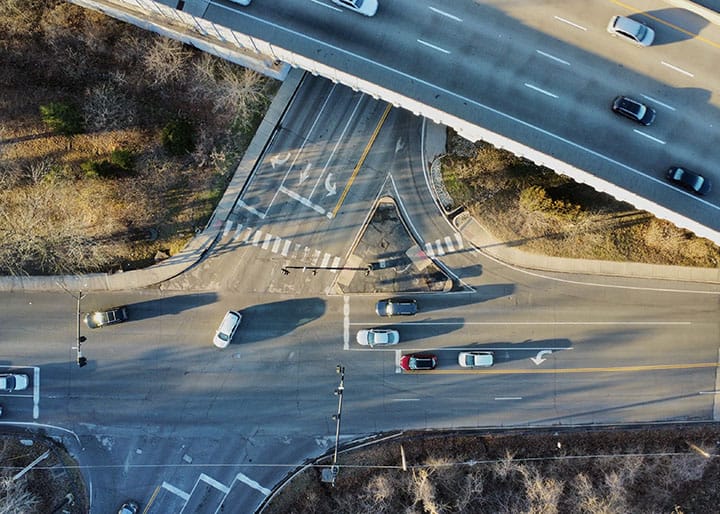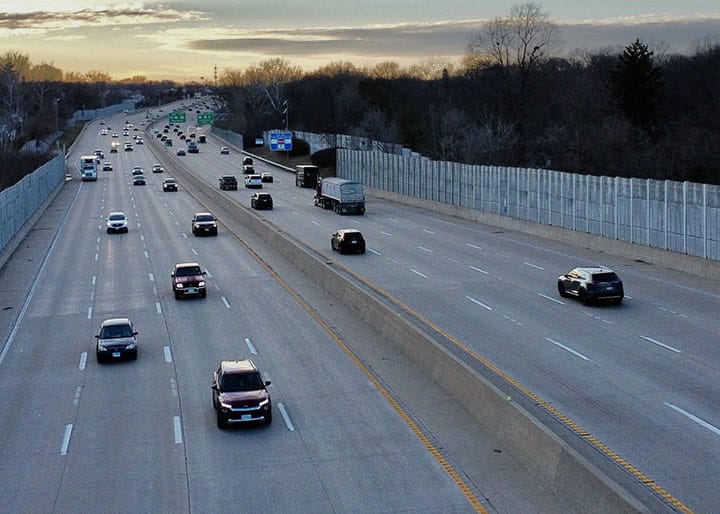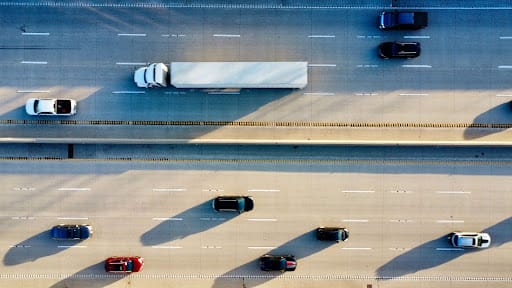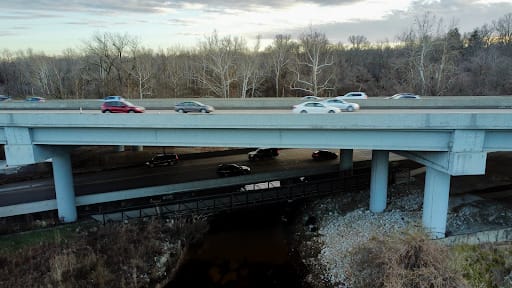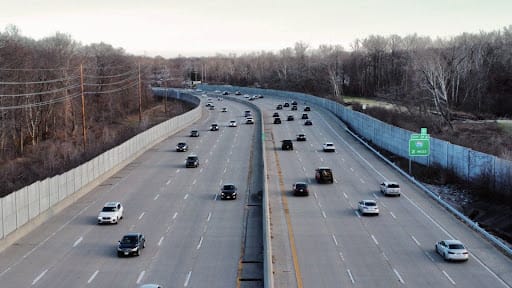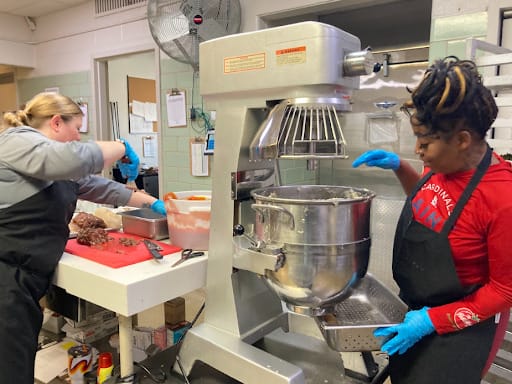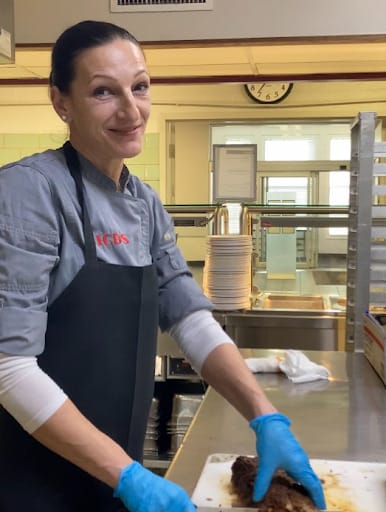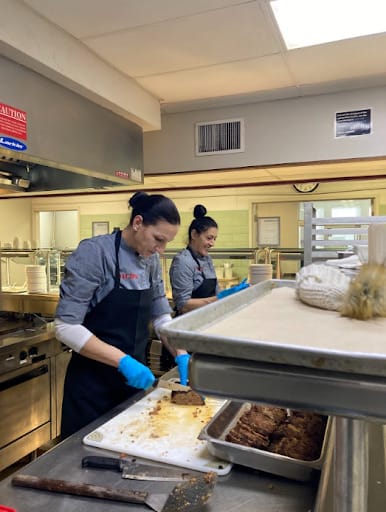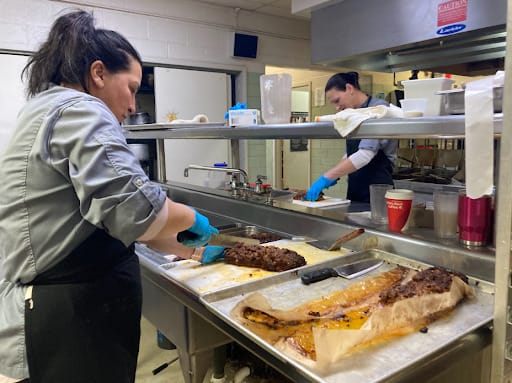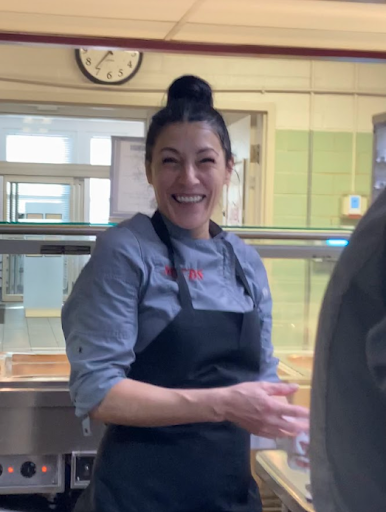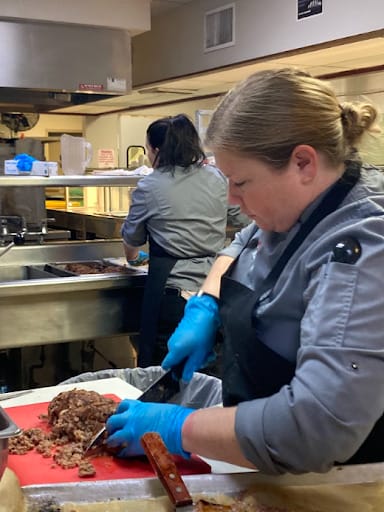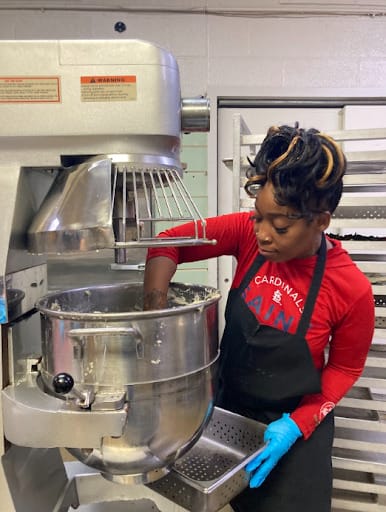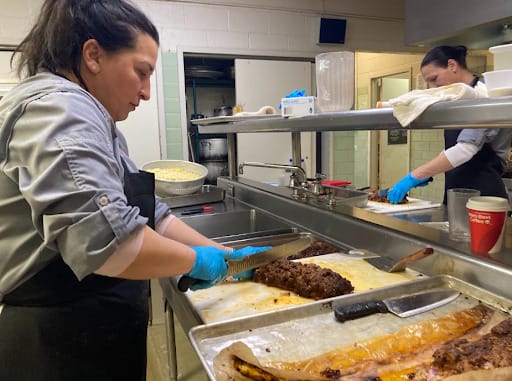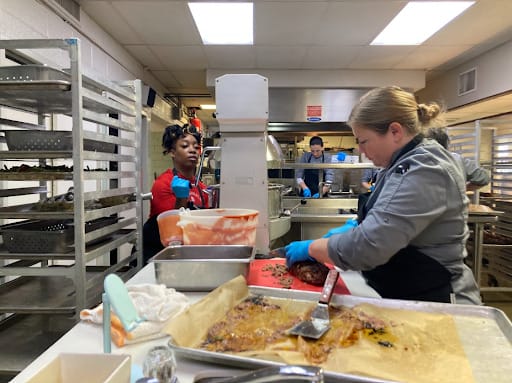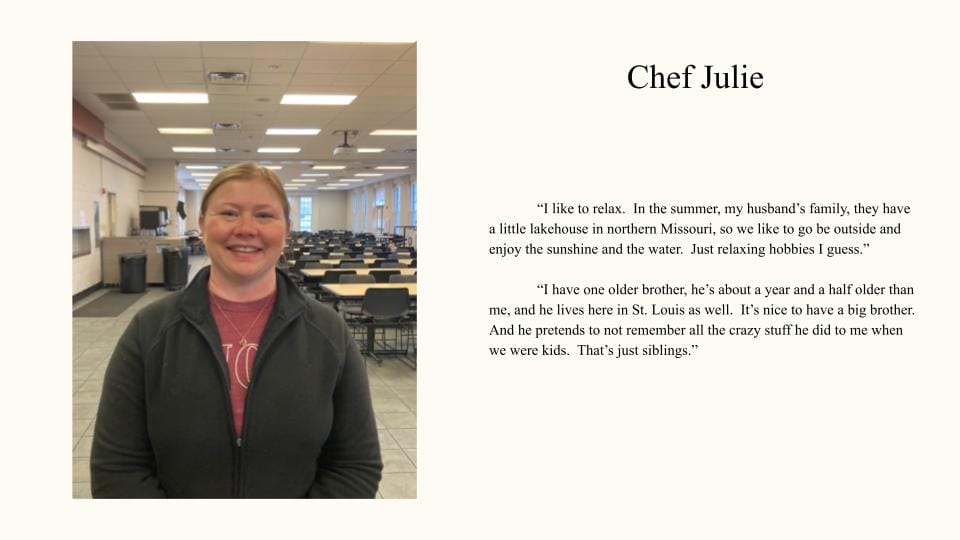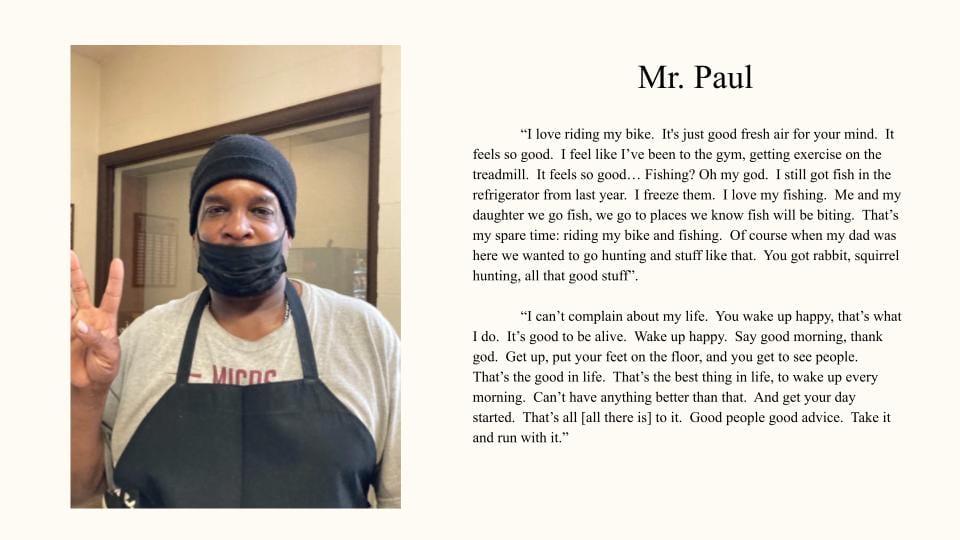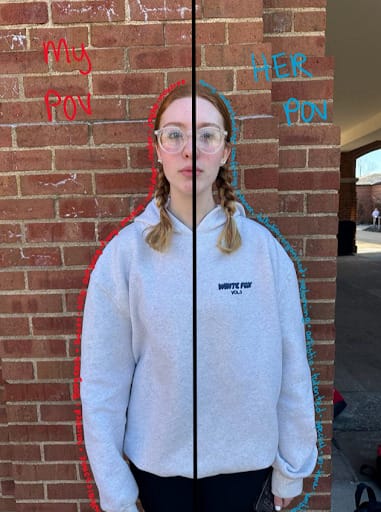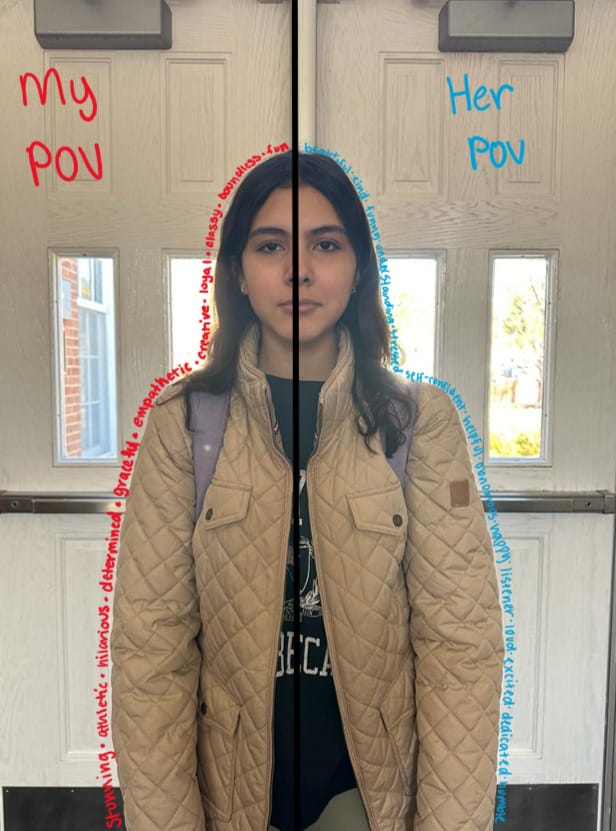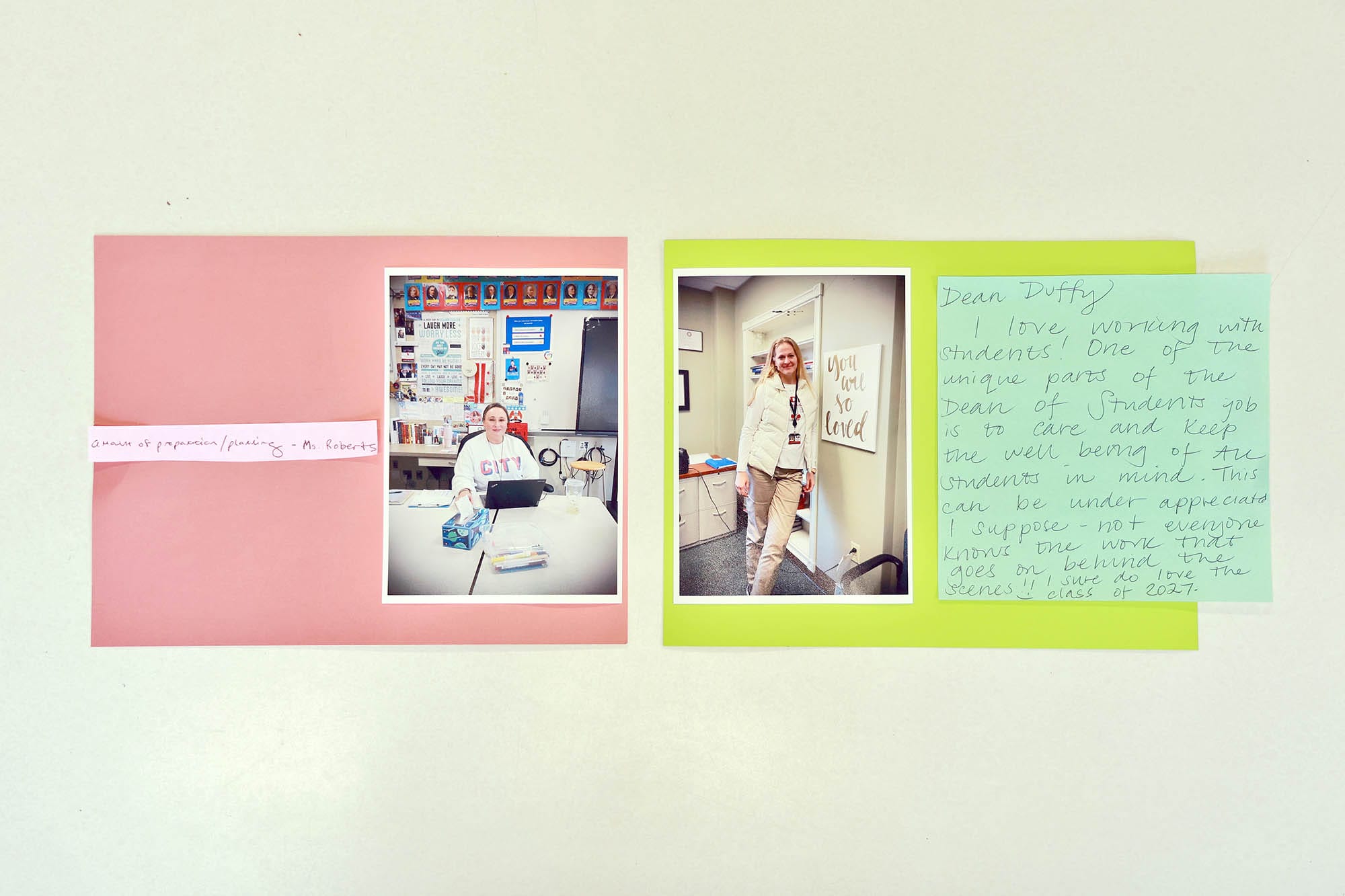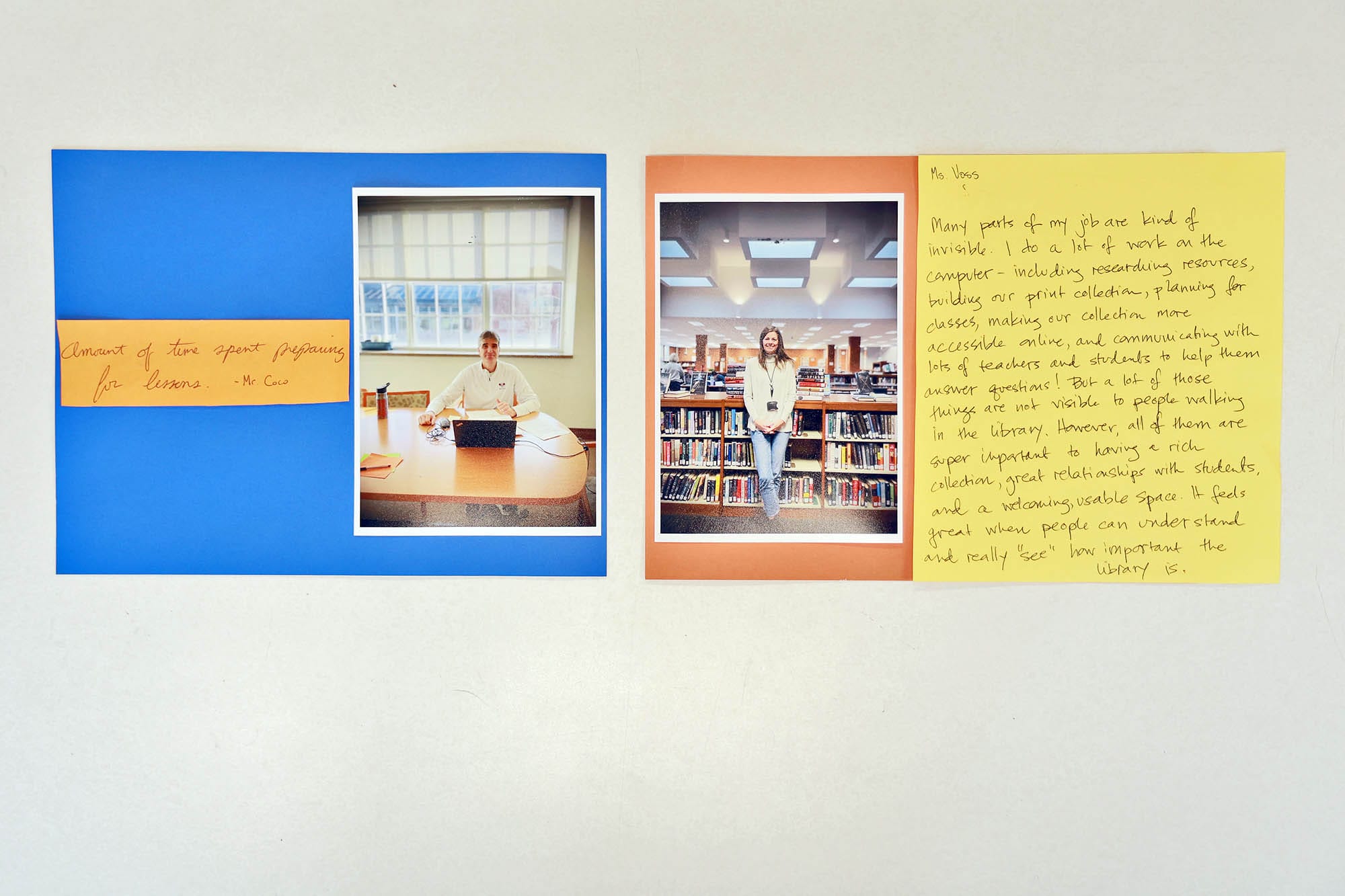Why do the pictures some people take just look better than others? What do photographs have to do with freedom, war, civil rights, power, identity, and climate change? Can the pictures you take expand freedom, shift power, or improve the world for yourself or other people? For many of us, pictures are used primarily as a means of quick communication, but better understanding the connections between photography and historic moments of change allows us to take charge of image-making, create more compelling pictures, and take up the medium as a social tool.
Students in Upper School History Teacher Max Campbell’s Winter Term were able to sharpen their photography skills while analyzing images that have been instrumental in shaping the world we live in today. By the end, students had developed their own visual projects and were well on their way to making the world a better place.
Campbell began by walking his students through careful analysis of well-known images before guiding them through experiments with a number of approaches they could choose from for their personal projects, including archival collage, portraiture, typology, and aerial photography. To begin, they examined portraits of Frederick Douglass and work from Dorothea Lange, Edward Burtynsky (for aerial photography reference and to consider ways of looking at environmental change), Wendy Ewald, Dawoud Bey, Wendy Redstar, Tom Kiefer, and others.
Jonathan Weiss ’27 said, «My favorite part of the class was getting to practice the new photography skills and concepts we learned by heading out of the classroom and taking photos. The most surprising thing to me was the amount of history that’s been impacted by photography. My project for the class is a photo series highlighting America’s reliance on cars and how it shapes the U.S.»
Here is Weiss’ artist statement:
America’s Reliance on Cars, from Above highlights how our country is shaped by vehicle infrastructure. With over 4 million miles of road and 290 million cars, transportation is one of our largest emissions as a country. To capture this, I used a drone to shoot aerial views of parking lots, intersections, highways, and roads. I used both top down shots and environmental landscape shots from a birds eye view. I shot all these pictures piloting my drone from the Ladue high parking lot. As you look at the photos, pay attention to the scale of the infrastructure captured from the high camera placement.
«I really liked getting to learn about the different ways to approach a photographic project, said Aiyla Ahmad ’26. «We discussed annotated photography, photography paired with an interview, and absent subject photography to name a few, which really helped me to get a feel for the different ways that I could approach my project.»
Here is Ahmad’s artist statement:
What About Their Stories? seeks to draw attention to the hard work and stories of our lunch staff at MICDS in order to bring more appreciation towards them as individuals. We see them often, but some people don’t even stop to ask them how they are doing or even to just say hello every once in a while. In this project, portrait photographs of individual members of the staff were taken to be paired with quotes from interviews in order to highlight the individual, their personality, and their experiences. Then, candid shots were taken during lunch prep to show the work that they do and the sense of teamwork and community within the kitchen. I particularly enjoyed capturing the laughter as well as the focus and work that they put into making our lunches each day and feel that I found ways to show multiple aspects of each individual. I loved getting to meet everyone and getting to talk with some of them about parts of their lives, both joys and sorrows. It is so important to understand and read through everyone’s stories alongside their portraits in order to get a sense of who they are and I really encourage the viewer to read through and truly observe each piece of the project.
Campbell was careful to foster continued engagement by developing a class that integrated both analysis and discussion with activity. «Each day was paired with time to go out and explore photography through the lens of whatever we had been learning,» explained Ahmad. «One day, we worked on perspective and had to create the ABCs through photographs (looking at our surroundings and trying to find ways to make different letters through objects), and on another, we worked on macro photography and changing the way things looked by zooming in and focusing on the minute details of an object.» Ahmad discovered the pattern of the fibers on a bulletin board outside the classroom and the colors and textures of the grass outside the building. «For my final project, I interviewed our cafeteria and custodial staff and presented snippets of the conversations alongside a portrait of them. I’m hoping the final product will help to highlight the personality and individuality of the people that keep our school running and tell a story about who they are,» she said.
«My favorite part of the class was making collages with a specific topic in mind,» said Maahi Saini ’27. «Mine was stress and being overworked, and I created a collage to portray that feeling.»
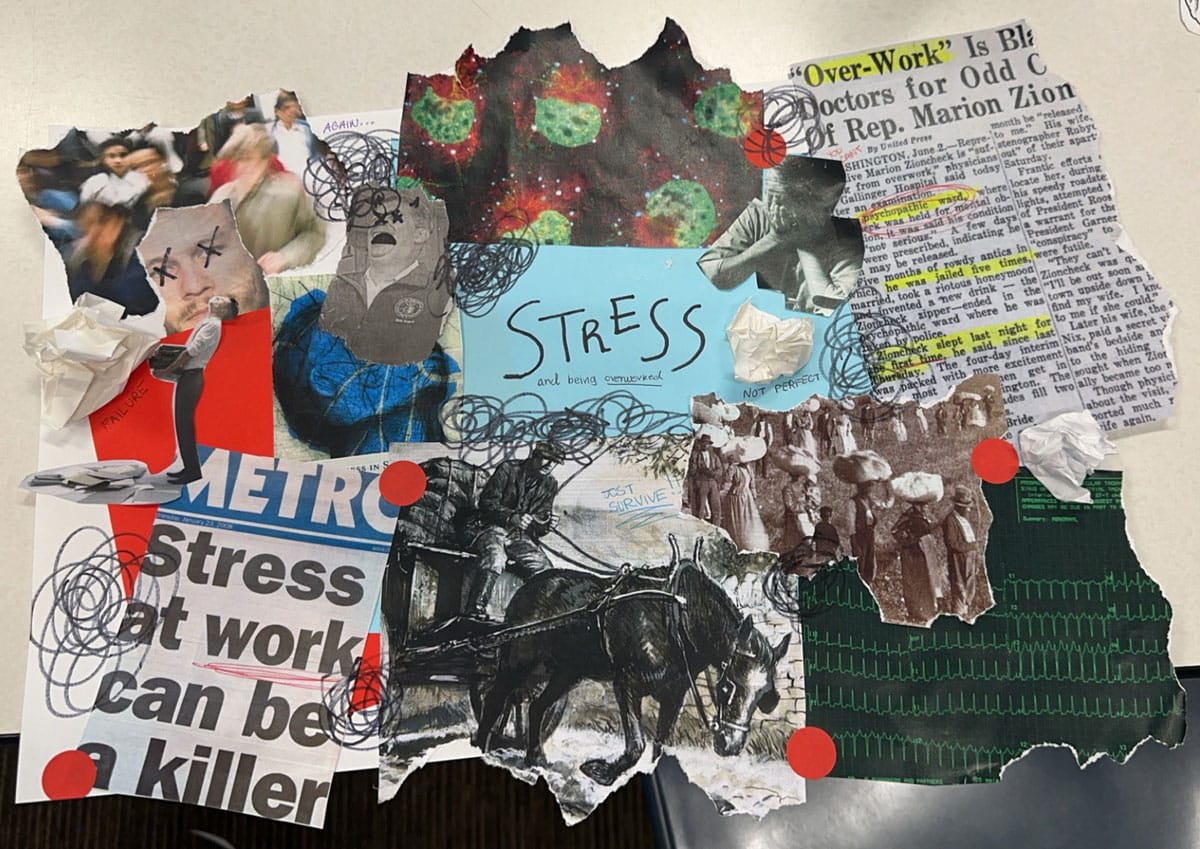
«I really enjoyed doing this because it helped me be able to connect pictures together using the idea of a similar topic,» said Saini. «I learned multiple surprising things about photography in general. I have never taken a photography class, so learning all about how it works really opened my mind, especially since it’s all iPhone photography!» Her final project focused on the importance of normalizing mental health, including portraits of people and macro images of human eyes.
Here is Saini’s artist statement:
Their View aims to draw attention to the mental health and stress of everyone and how it is a common, shared, and normal struggle. The methods I used for this photography project were portraits and annotations. The works that inspired me to do this were the annotated pictures we were shown in class by Wendy Redstar. I tuned into perspectives and how I view someone versus how someone views themselves. Another part of this project I got inspiration from is the song POV by Ariana Grande. While photographing this project, I got an insight into how people viewed themselves and how it compared and contrasted to how I viewed them. I had many conversations with people and learned that nobody thinks they’re perfect and everyone has flaws. As you look at the images, read the words around the outline of the people. The red words are how I perceive them and the blue is how they perceive themselves.
Max Padratzik ’27 created colorful sheets with teacher portraits and notes.
Here is his artist statement:
Behind the Scenes looks to show how people should be more appreciative of the people whose work sometimes goes unappreciated. I was inspired to do this project from the work of Dawoud Bey’s Class Pictures Project where the people were posing in a staged way. I want to create an empathetic connection between the viewers and the images and show how we should be more aware of how much hard work these people do that might go unnoticed. While working on this project, I received very thoughtful responses from the teachers and got to engage with them in ways that might not be typical in a classroom environment. When you are looking at the images, pay close attention to the written descriptions alongside the pictures. They connect what the people in these images feel about working late and staying hours after classes to grade tests, work with students individually, etc.
Well done, Rams! Way to change the world through your visual expression!
